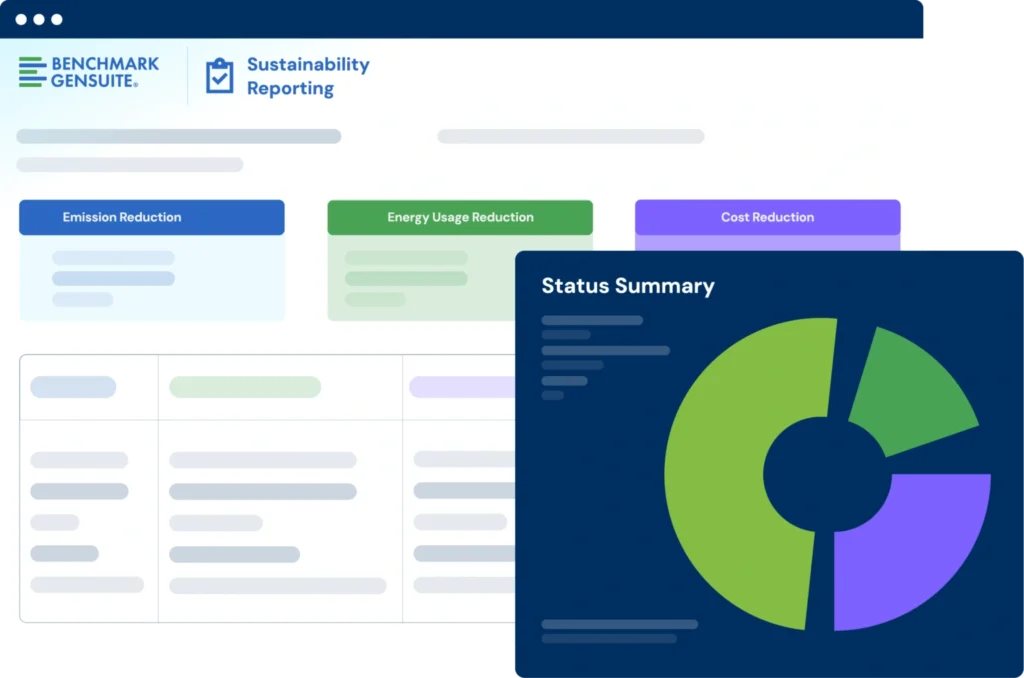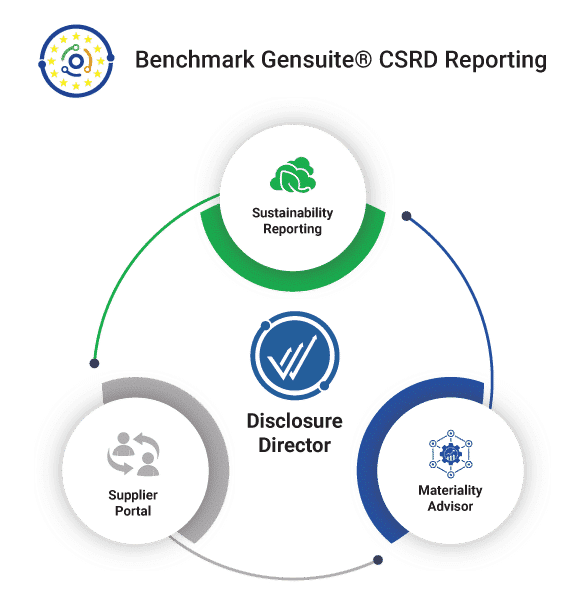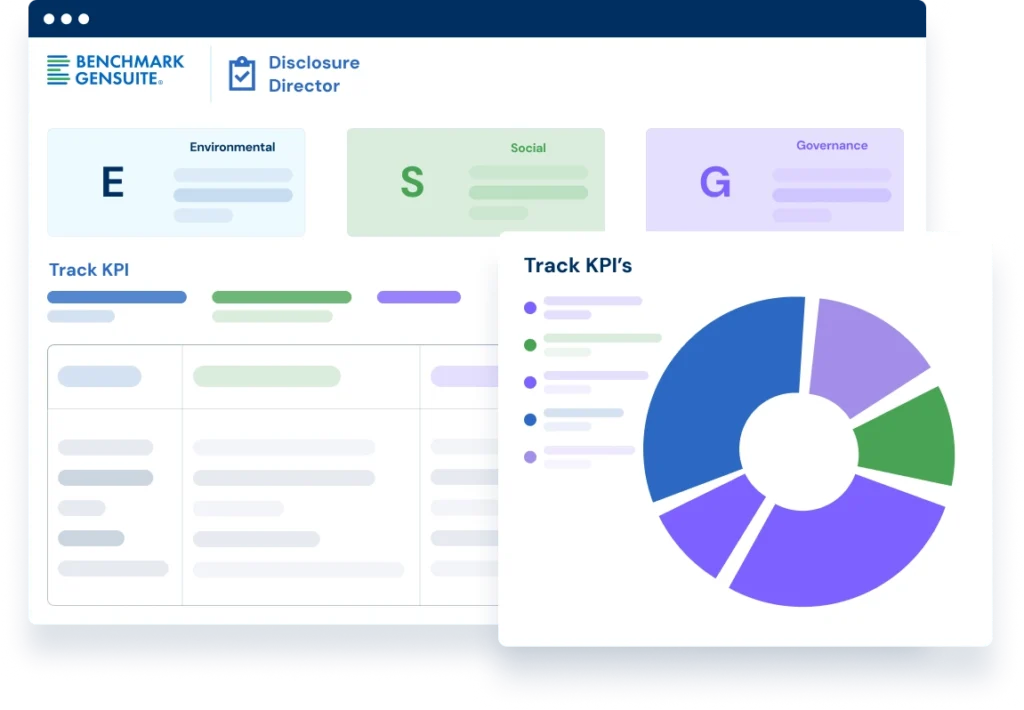Our CSRD solution blends years of industry expertise and technology to provide both immediate insights and longer-term strategies that make it easy for you and your team to optimize your time to value with quick onboarding, simplify your CSRD response with automatic data integration across teams, sites, and platforms into a single source, and future-proof your strategy with CSRD expertise and technology that evolves with you and the industry.


Our CSRD solution was developed to cover every aspect of CSRD management and the ESRS standards, giving you the tools you need to confidently respond to CSRD, find opportunities for strategic improvement and track your progress over time.
While other solutions help you gather some of the data you need and format it for CSRD, our sustainability software gives you a comprehensive approach that covers every aspect of CSRD from data management to double materiality assessments, all within one collaborative platform.

The first step in the CSRD reporting process, Double Materialty Assessments require you to consider your company’s sustainability initiatives from two perspectives: their impact on people and the environment, and the risks and opportunities they present to your organization. This helps you answer a critical question: which initiatives matter most?
While CSRD provides guidelines for this assessment, your company is ultimately responsible for determining if something is “material” and substantiating these choices. This step helps you determine what to include in the rest of your report.

There are over 1,000 data points listed in the European Sustainability Reporting Standards (ESRS – the standards associated with CSRD). While your company may not be required to report on them all, you do need to be clear on which ones are important for you based on your double materiality assessment.
One of the main goals of CSRD is to identify opportunities across five main areas: strategy, policy, targets, risk disclosures and action plans. This requires you to be specific about the risks and potential impacts of your sustainability initiatives.
In addition to reporting on your company’s impact on the environment and society, you must also report across your supply and value chains. This includes Scope 3 GHG emissions, Conflict Minerals, Anti-Human Trafficking, Code of Conduct, and more.
While NFRD reporting was previously a part of your company’s annual report, CSRD now also mandates a report in XBRL format so that it can be read by Artificial Intelligence.
Short for the Corporate Sustainability Reporting Directive, CSRD requires that public-interest companies with more than 500 employees provide regular reports on the social and environmental risks and opportunities of their activities, and how those activities currently impact people and the environment. Replacing and expanding upon the Non-Financial Reporting Directive (NFRD), CSRD significantly increases sustainability management and reporting responsibility for the companies required to comply.
Although CSRD is an EU-specific regulation, non-EU companies may be required to comply.
CSRD affects the following companies:
CSRD reporting requires you to gather information across your business, including direct and indirect business relationships, and compile it into a single, auditable report.